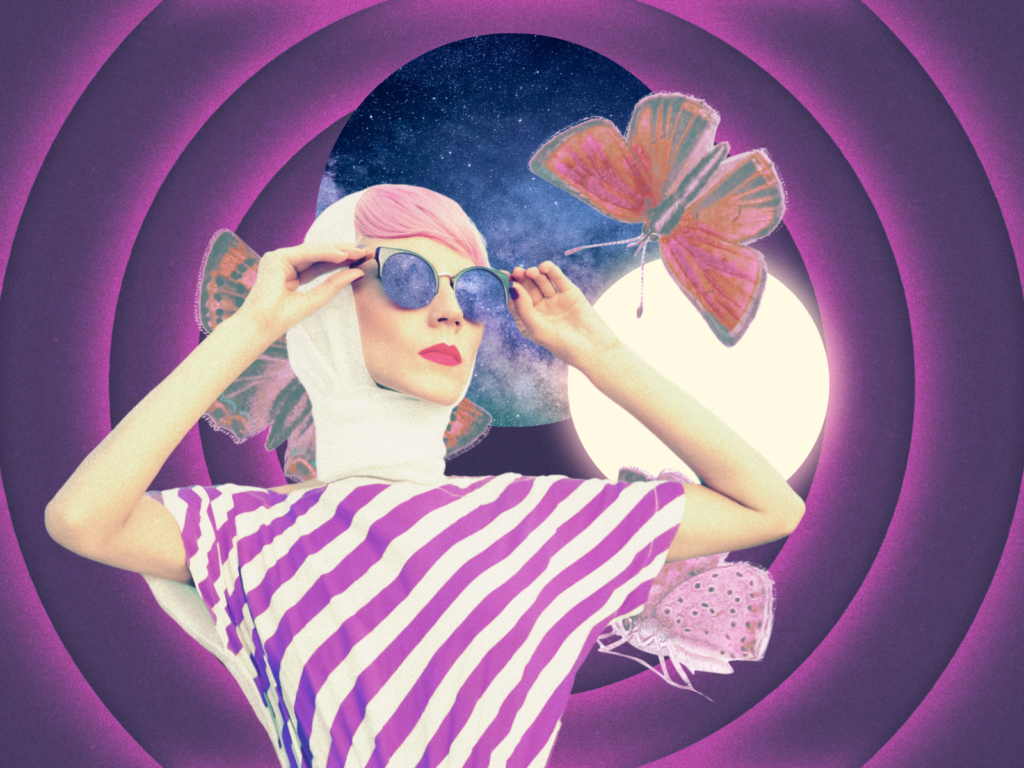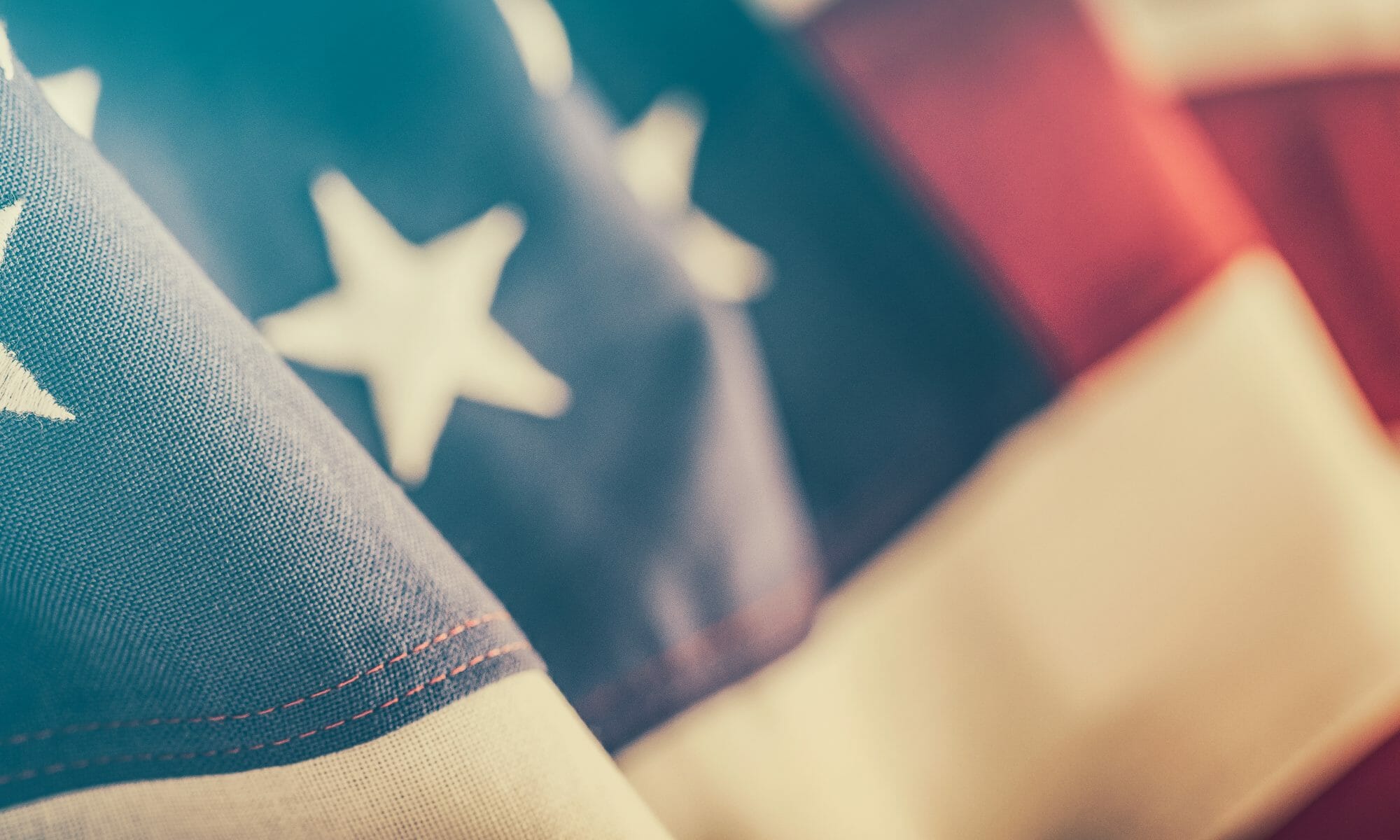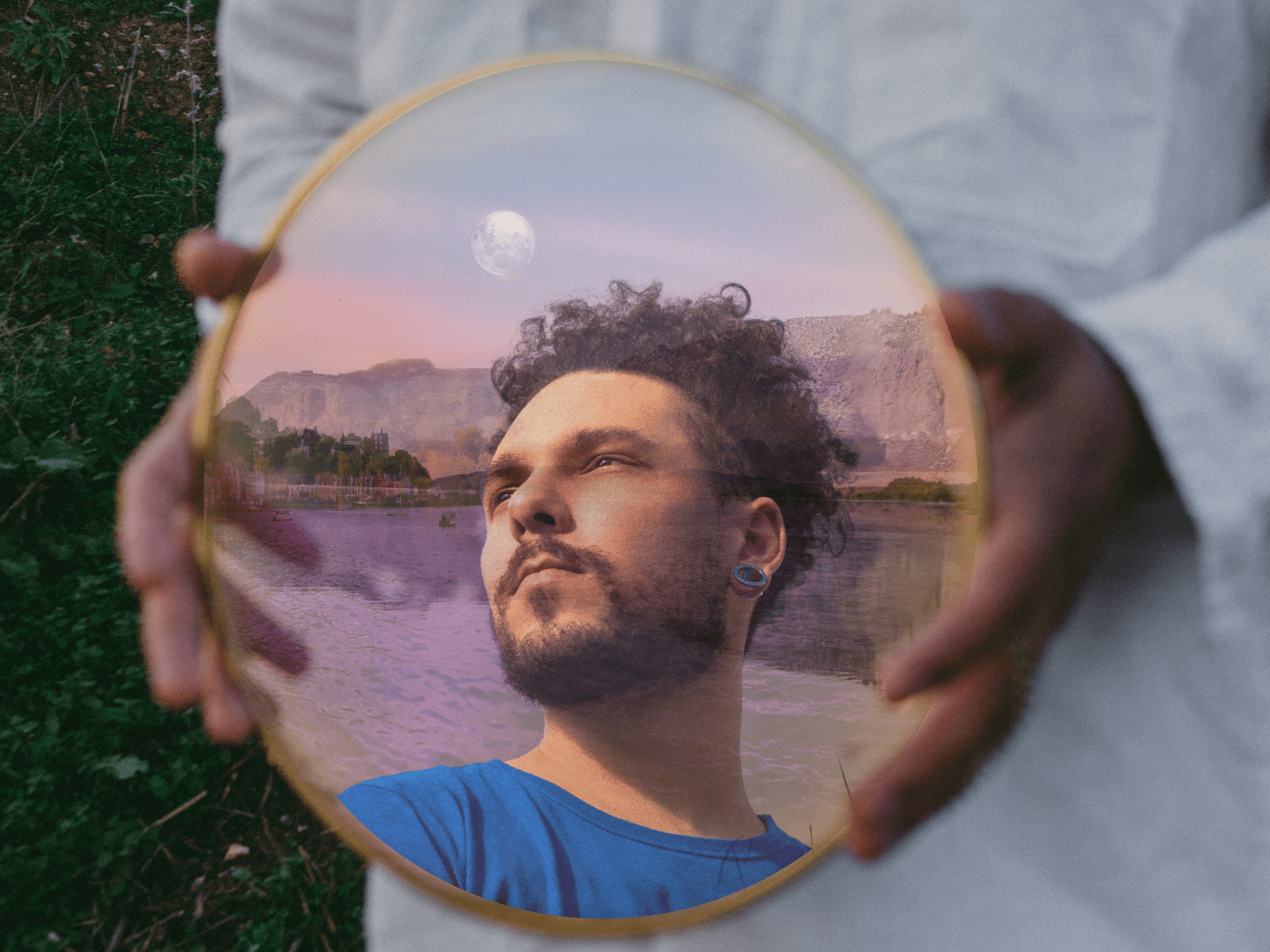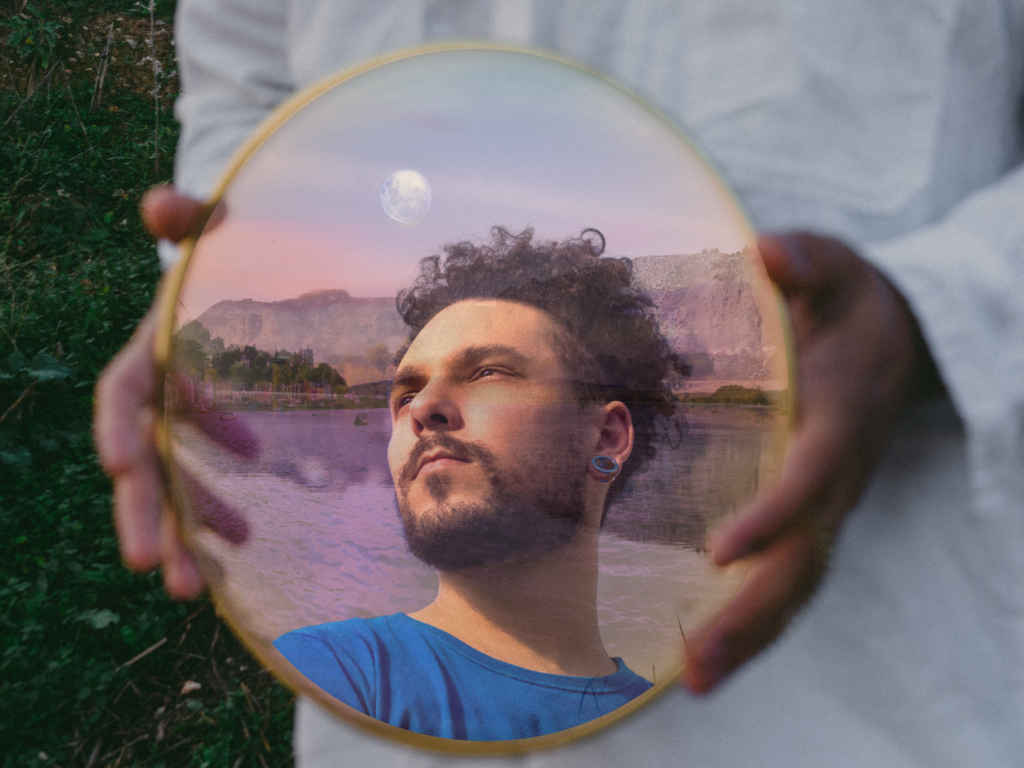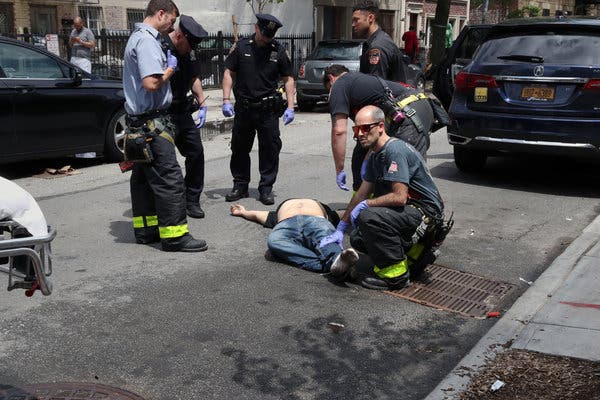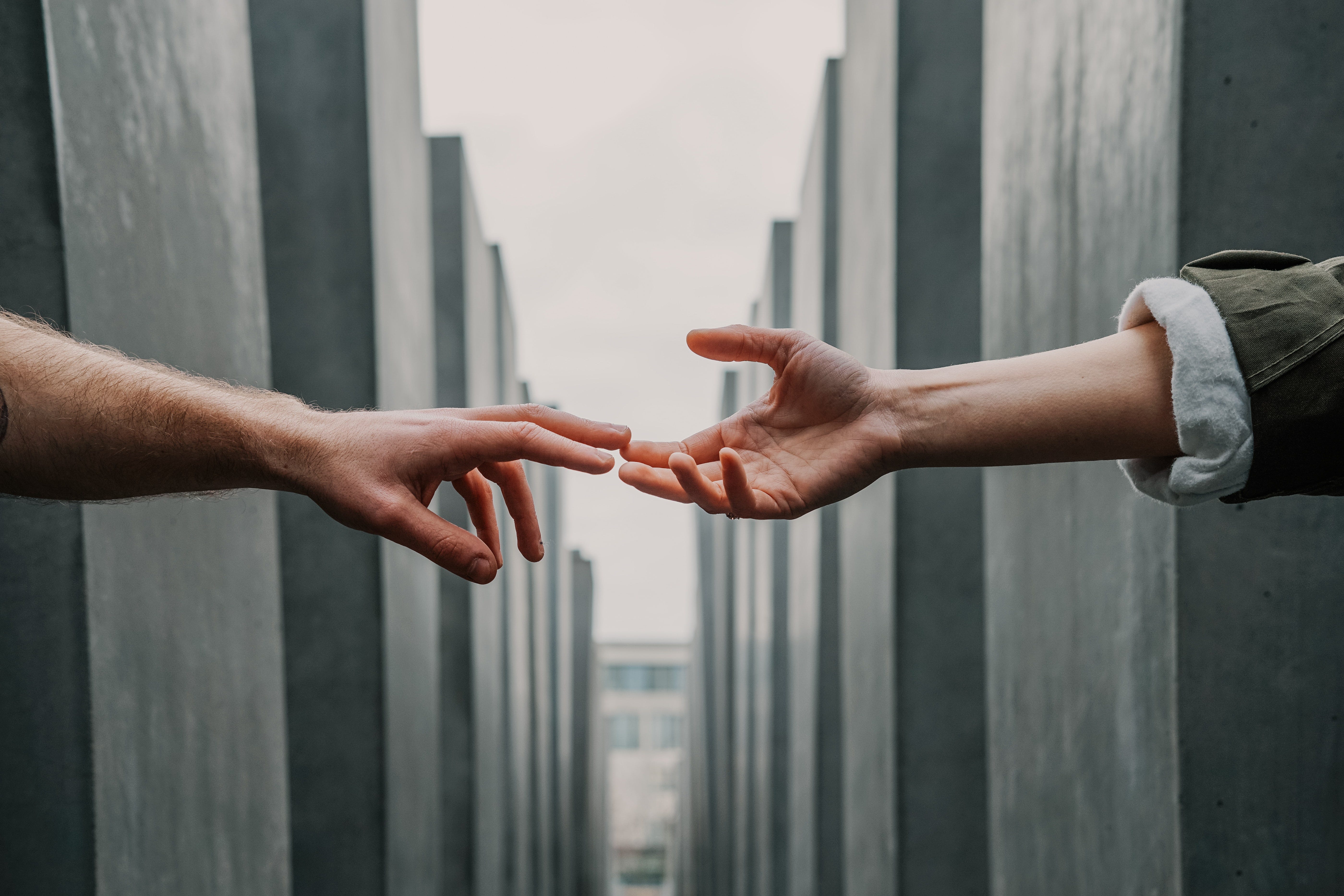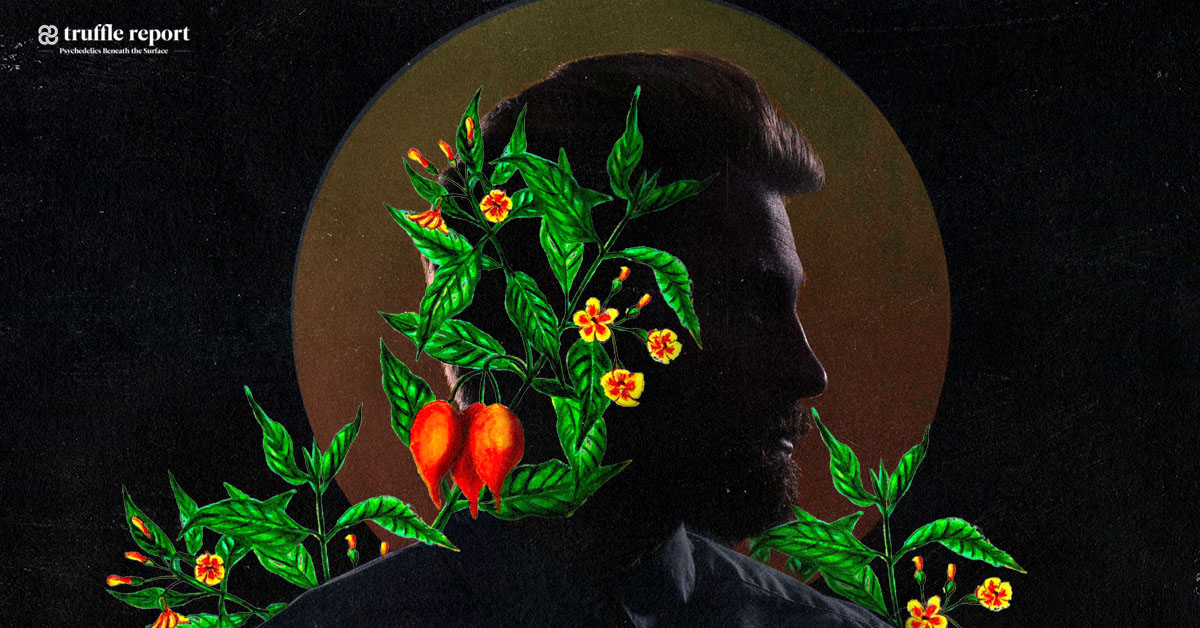mr peabody
Bluelight Crew

Why Ibogaine is a promising treatment for addiction
by Faye Sakellaridis | LUCID | 9 Apr 2022
Medical experts increasingly recognize that ibogaine is effective at treating opioid and other addictions due to its ability to “reset” the brain.
After checking into four rehabs in one year, Talia Eisenberg still hadn’t found a way out of her addiction to opiates. She was a savvy, young entrepreneur who owned a small gallery for emerging artists on the Lower East Side and opened New York’s first vape shop. Nevertheless, she was desperate to liberate herself from the continuous cycle of craving, use, and withdrawal. She was tired of what she calls the “literal hell” of endlessly chasing the next high and never feeling satisfied.
Finally, she took the recommendation of a friend and put her faith into something a bit off the beaten path: Ibogaine.
Ibogaine is a naturally occurring dissociative psychedelic derived from the shrub Tabernanthe iboga, native to central West Africa, Cameroon, and Congo. At high doses, it is regarded as one of the most powerful psychoactive substances, with trips often longer and more intense than magic mushrooms or ayahuasca. Why are a growing number of authorities on substance abuse saying it may be the most promising treatment for addiction? The key is its ability to “reset” the brain to a pre-addicted state.
The U.S. declared ibogaine an illegal substance in the 1970s as part of the Nixon administration’s War on Drugs, so people in need of healing have sought out ibogaine clinics in countries where it’s unregulated – like Eisenberg did in Mexico 13 years ago.
Within an hour after taking ibogaine, Eisenberg noticed her withdrawals and cravings subsiding. She recalls feeling that ibogaine was a “miracle plant” for addiction interruption.
“I really felt it was placed on this Earth millions of years ago for this time, when there’s such a crisis happening,” Eisenberg says, referring to the opioid epidemic that’s claimed nearly half a million U.S. lives since 1999.
"Ibogaine is the only substance on the planet that will relieve 99% of opiate withdrawal symptoms within 12 hours of ingestion," says Dr. Jeffrey Kamlet, a physician recognized as a leading expert on ibogaine administration and safety.
What does ibogaine feel like?
Eisenberg’s cravings were quickly quelled due to the way ibogaine alters brain chemistry, but the deeper, root healing was just beginning. For the next ten hours, Eisenberg witnessed a series of vivid visions, what she calls a “life review,” of loved ones and ancestral memories.
“I looked at my ancestors. I saw my grandmother, I saw my family that was killed in the Holocaust. I saw how she lived and it made me never want to put these poisonous drugs in my body again. And I haven’t since that night.”
This vivid re-experiencing of a person’s past is typical of the ibogaine experience. For many, being able to revisit formative life memories, some of them previously repressed, and confront their trauma plays an integral role in their healing.
Of course, everyone’s experience varies. “Some people will see abstract colors, or report looking at some version of a staticky TV set for eight hours,” says Dr. Joseph Barsuglia, a clinical and research psychologist with expertise in ibogaine. "And while some people may process trauma by reliving painful memories and seeing them from a new perspective, others may process it through the body, feeling physical sensations where the trauma is stored," he explains.
Ibogaine can be physically challenging. Eisenberg had difficulty moving her body, and experienced overwhelming heart palpitations. “I felt my heart was going to pop out. My heart was beating really fast, out of fear,” she explains. She also recalls having a sort of “diarrhea of the mind,” in which all her negative thoughts were rising up at once to be released.
That kind of amplification of negative thoughts is common, explains Barsuglia.
“Ibogaine can make it worse for a time period of about 48 hours. But, in my experience, it’s like purging those thoughts out of the brain. The result on day three and four is that people have this total clarity and calmness in their nervous system, so they’re out of that fight or flight mode.”
The effects, from the most acute stage to the less intense reflective period, can last up to 36 hours.
“The peak, visionary part is really only 8 to 12 hours, which is long” says Barsuglia, who served as director of research and CEO at Crossroads, a psychedelic treatment center in Mexico, and is now an advisor at Beond. “But then that whole other arc is the time where people feel really introspective. They’re getting insights, and they feel connected.” This state of deep introspection can last up to 90 days after taking ibogaine.
By the end of her peak visionary stage, Eisenberg remembers seeing a bright light. “I saw good everywhere. I looked at the beach and saw God. I looked at the trees. That was the spiritual awakening I needed. My mind was clear and had been cleaned out.” In the months that followed, she felt clear-headed, deeply connected to her intuition, and passionate about life. And her desire for opiates was gone.
What does Ibogaine do to the brain?
While the body of scientific research on ibogaine is growing, its ability to reset the brain, effectively erasing cravings, largely remains a mystery.
What we do know is that ibogaine affects many different neurotransmitter systems simultaneously. “It almost leaves no stone unturned in terms of what chemical systems in the brain it’s affecting,” remarks Barsuglia.
Ibogaine works on a number of the receptors that regulate the body’s response to pain, including sigma, glutamate, and mu opioid receptors. The way it interacts with these receptors appears to “reset people’s tolerance to opioids, and perhaps other addictive substances as well, like cocaine,” says Dr. Ben Malcolm, a psychiatric pharmacist who researches the interface of psychiatric medications and psychedelics. "It binds to various other targets as well, including glutamate receptors and nicotinic receptors, all of which may also contribute to its anti-addictive effects," he says.
“It’s working on the reward pathways,” says Barsuglia, referring to the way addiction reprograms our brains to only find relief at the intake of a particular substance. “It seems to neurologically reset or balance some of that.”
"Ibogaine is stored in fat cells for months," says Barsuglia, "acting like a long lasting antidepressant. It also helps to keep withdrawal symptoms at bay. This provides a window where the patient can integrate deeper, lasting changes in their behavior," he suggests.
“Ibogaine administration typically results in improved cognitive and emotional functioning in the window post-recovery,” says Barsuglia. “So there is frequently a big contrast in how your brain is feeling. You can talk to yourself differently, have greater awareness about your thoughts and patterns, and then make changes that positively impact your behavior. With the right support system in place, this can translate into long term change.”
Eisenberg describes the months following ibogaine as a time when the mind is a “blank slate” that can be reprogrammed by therapy and healthier habits. By the same token, not having the proper aftercare could result in reprogramming of negative habits and behaviors. That’s why Barsuglia and Eisenberg both stress the integral role therapy plays in an ibogaine treatment’s success.
“It’s critical,” says Barsuglia. “It’s such a potent experience, and it can be very challenging to integrate.” He explains that during an ibogaine experience, "people are confronted with some of the biggest revelations of their life, and it’s necessary to have someone help process that."
“It’s not a magic bullet. There’s still a high rate of relapse,” Barsuglia adds. “So the treatment requires significant aftercare and support in the window following treatment.”
“You need community and support, and to talk to others,” says Eisenberg. After her experience, she stayed in Boulder, Colorado with her mother for a year, where she saw a psychedelic integration therapist weekly, and cultivated healthy routines like hiking and meditation.
While Eisenberg ultimately got what she needed at the underground treatment house in Mexico, she was unsettled by the clinic’s unprofessional approach and unsafe practices. Motivated to provide high quality, safe ibogaine treatment to those in need, she founded Beōnd, a network of ibogaine clinics in Mexico that make this treatment available as part of a therapeutic program.
Does Ibogaine actually work?
More medical experts are recognizing that ibogaine is uniquely effective at treating substance use disorders. They see similar positive outcomes for depression and PTSD.
“Statistically, the findings of many observational studies suggest that ibogaine as a single agent may outperform existing pharmacological treatments for the most common addictions plaguing the global population, including opioids, cocaine, amphetamines, and alcohol,” says Barsuglia.
“It seems very effective at rapidly detoxifying people from the classic opiates, like heroin,” says Malcolm. “The rates of immediate abstinence, particularly for opiates, seem to be pretty high – at least fifty percent at 30 days out.”
Rates of immediate relief from withdrawal may be even higher. Kamlet, who serves as chief medical officer at Beond, says that in his experience, above 97% of people who are addicted to opiates and take full doses of properly administered ibogaine find that they are no longer experiencing withdrawal symptoms the following day.
"However," Malcolm adds, "more studies that examine long term outcomes, and that track patients afterwards to quantify relapse rates, are crucial to fully understanding ibogaine’s potential to heal."

Why Ibogaine Is a Promising Treatment for Addiction - Lucid News
Medical experts increasingly recognize that ibogaine is effective at treating opioid and other addictions due to its ability to “reset” the brain to a pre-addicted state.
 www.lucid.news
www.lucid.news
Last edited:





